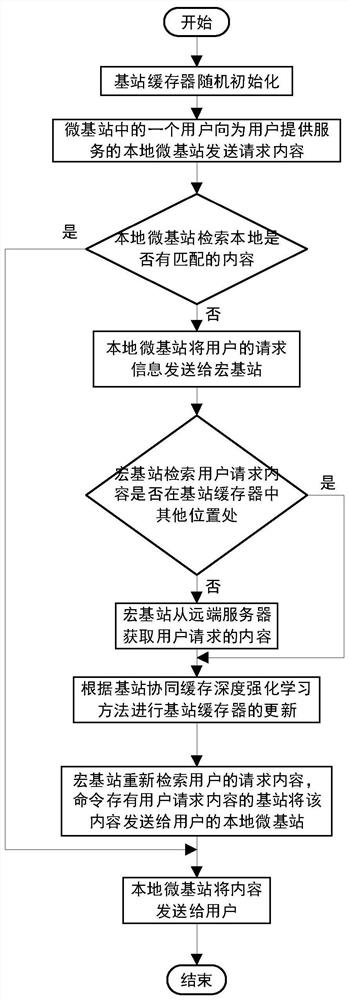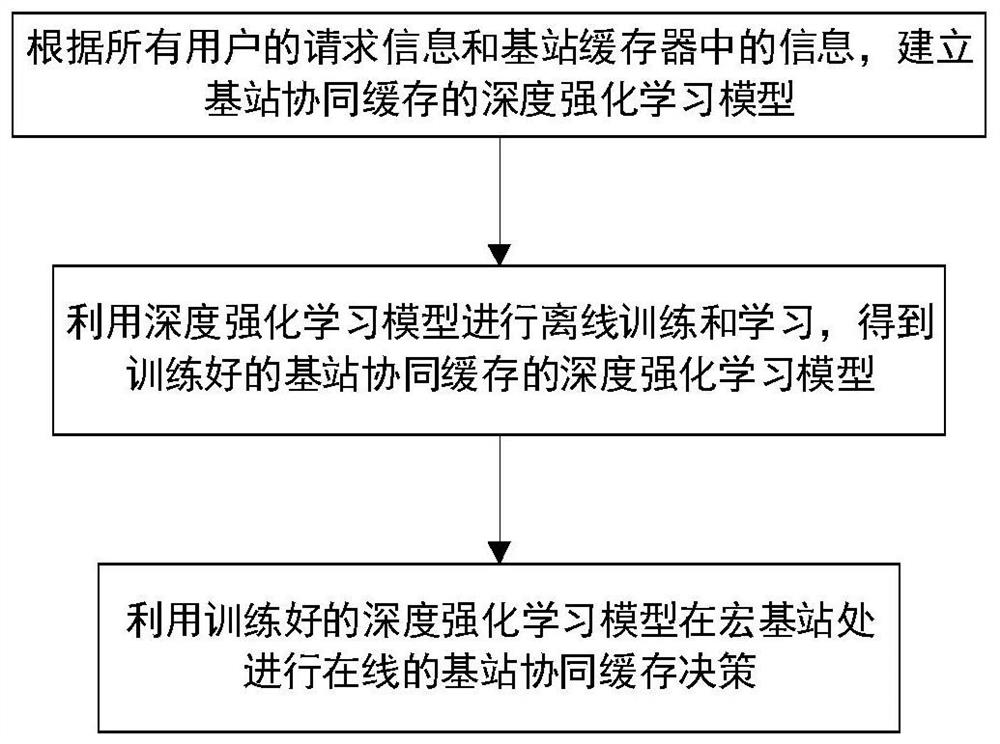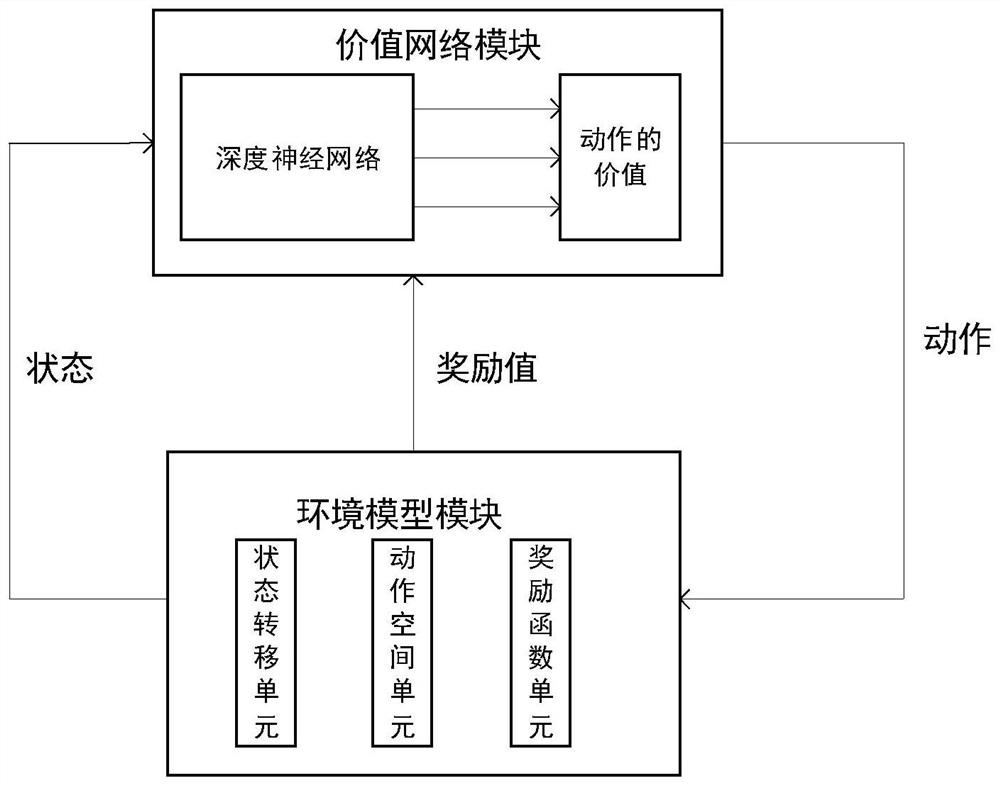Base Station Cooperative Caching Method Oriented to User Priority in Dense Scenes
A priority and user technology, applied in the field of communication, can solve problems such as unfairness, limited buffer capacity of a single base station, redundant data of base station buffer units, etc.
- Summary
- Abstract
- Description
- Claims
- Application Information
AI Technical Summary
Problems solved by technology
Method used
Image
Examples
Embodiment Construction
[0029] The present invention will be further described in detail below in conjunction with the accompanying drawings and specific embodiments.
[0030] Such as Figure 4 As shown, the scenario used in this embodiment includes one macro base station, three micro base stations and two users in each micro base station in the mobile wireless network. Each base station has a buffer whose size is set to 100. The macro base station can send a command to the micro base station, and the micro base station performs a buffering action according to the command of the macro base station. Communication between the macro base station and the micro base station, between each micro base station, and between each micro base station and its associated users can be performed. Divide users into different priorities according to the network packages they use. There are 6 priority levels of the user in the example of the present invention.
[0031] Assume that in each micro base station, users se...
PUM
 Login to View More
Login to View More Abstract
Description
Claims
Application Information
 Login to View More
Login to View More - R&D
- Intellectual Property
- Life Sciences
- Materials
- Tech Scout
- Unparalleled Data Quality
- Higher Quality Content
- 60% Fewer Hallucinations
Browse by: Latest US Patents, China's latest patents, Technical Efficacy Thesaurus, Application Domain, Technology Topic, Popular Technical Reports.
© 2025 PatSnap. All rights reserved.Legal|Privacy policy|Modern Slavery Act Transparency Statement|Sitemap|About US| Contact US: help@patsnap.com



